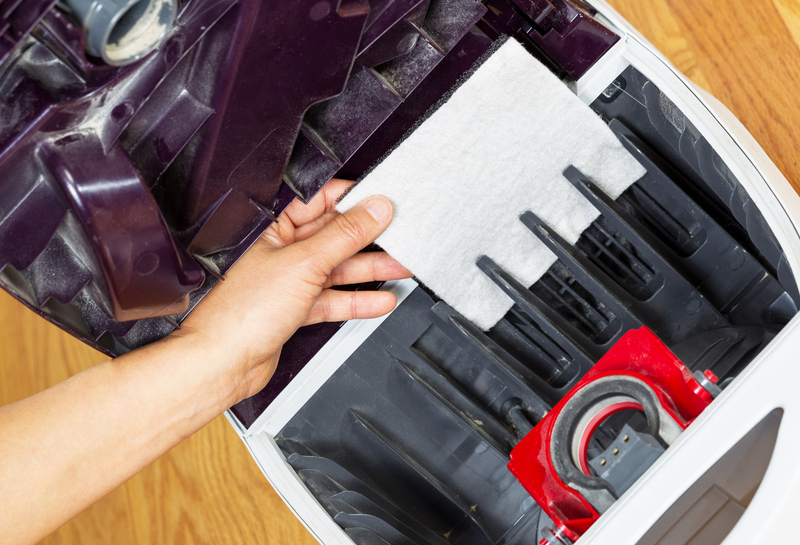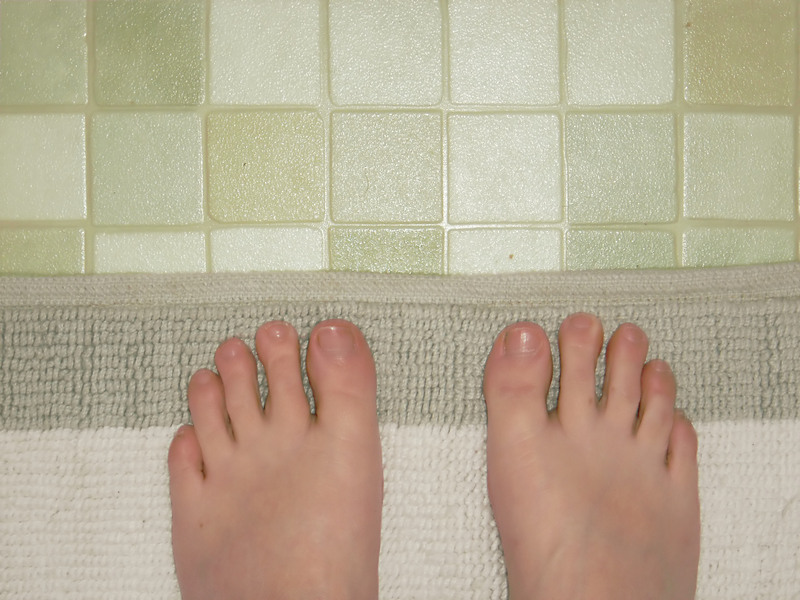Master the Art of Eliminating Damp Odors: The Ultimate Guide
Damp odors can transform a once pleasant space into an uncomfortable environment. Whether it's a musty smell lurking in your basement, the bathroom, or your car, few things are as persistent or as unsettling as unwanted damp smells. Fortunately, you don't have to live with these unwanted scents. In this comprehensive guide, you'll discover everything you need to eliminate damp odors from your home, vehicle, or office--and keep them from coming back.

Understanding the Source: What Causes Damp Odors?
Before delving into odor-blocking strategies, it's essential to understand what causes musty odors or damp smells. Damp odors are typically a byproduct of:
- Mold and mildew growth
- Poor ventilation
- High humidity levels
- Water leaks or flooding
- Laundry and fabrics that never fully dry
When moisture gets trapped in enclosed spaces, it becomes a breeding ground for microorganisms like mold and mildew. These organisms release volatile organic compounds, which produce the familiar, unpleasant musty odors often associated with damp environments.
Why Eliminating Damp Smells Matters
Besides being unpleasant, persistent dampness odors are also a red flag for potential health and structural issues. Prolonged exposure to mold and mildew can cause:
- Allergic reactions (sneezing, itching, watery eyes)
- Respiratory issues, especially for those with asthma
- Structural damage to your home--rotted wood, peeling wallpaper, weakened foundations
Eliminating damp odors is more than just about comfort--it's about protecting your health and your property.
Step-by-Step: How to Remove Damp Odors Effectively
1. Identify and Address the Moisture Source
The first and most crucial step in eradicating damp odors is to find the root cause of the moisture:
- Inspect hidden areas for leaks (pipes, roofs, basements, under sinks)
- Look for water stains, warped wood, or bubbling paint
- Check ventilation near windows and doors
- Survey your gutters and drainage systems for clogs
Fix any leaks or water entry points immediately. Use a dehumidifier or increase ventilation to prevent moisture build-up. Dry out affected areas thoroughly--this is absolutely essential for long-term musty odor elimination.
2. Increase Ventilation and Air Circulation
Stale, stagnant air is the perfect environment for damp and musty odors. Open up windows and doors when possible, especially after a rainstorm or on humid days. Use fans and ventilation systems to keep the air moving.
- Install exhaust fans in bathrooms, laundry rooms, and kitchens
- Use ceiling fans or portable fans in damp-prone areas
- Utilize airflow to aid in drying floors, walls, and soft furnishings
Proper ventilation is key to preventing the return of unwanted dampness smells.
3. Deep-Clean All Affected Surfaces
Eliminating the odor requires thorough cleaning. Mold and mildew can embed themselves deeply into various surfaces:
- Walls and Ceilings: Wash with a solution of water and white vinegar (about 1:1 ratio) or a commercial mold remover. Rinse and dry completely.
- Carpets and Rugs: Use a steam cleaner or hire a professional. Sprinkle baking soda over the carpet, leave for a few hours, then vacuum thoroughly.
- Furniture and Upholstery: If possible, take them outside to air out. Clean with appropriate fabric cleaners and ensure they dry fully.
- Tiles and Grout: Scrub grout lines with baking soda and vinegar or a store-bought mildew remover.
Be persistent--sometimes it takes repeated treatments to entirely banish those stale odors.
4. Harness the Power of Natural Deodorizers
Beyond cleaning, natural deodorizers can help neutralize lingering damp scents. Some excellent choices include:
- Baking Soda: Place opened boxes or bowls in musty areas to absorb odors.
- Activated Charcoal: Extremely effective at trapping odors, place bags or containers in closets, bathrooms, and basements.
- White Vinegar: Set out bowls of vinegar to absorb smells in closed spaces (replace every few days).
- Coffee Grounds: Fresh or used grounds in a bowl neutralize odors quickly.
- Essential Oils: Add a few drops of tea tree, eucalyptus, or lavender oil to a spray bottle of water and mist fabric surfaces.
These eco-friendly solutions act as powerful allies in your quest to remove musty odors.
5. Dry and Protect Soft Furnishings
Damp linens, drapes, and cushions can hold onto smelly moisture. To eradicate dampness odors from these items:
- Wash all fabrics using hot water if possible and a cup of white vinegar
- Dry everything thoroughly--outdoors in the sun is optimal
- Add a fabric-friendly deodorizer when washing
If fabrics still harbor odors after washing, consider using an enzymatic cleaner or take them to a professional cleaner.
6. Prevent Recurrence: How to Keep Damp Odors Away
Once you've tackled the source and scrubbed away the smells, ongoing maintenance is crucial. Consider these strategic steps:
- Invest in a Dehumidifier: Maintain indoor humidity below 50% using a reliable dehumidifier in prone areas.
- Monitor for leaks and repair them immediately
- Store items in airtight containers if possible
- Avoid overwatering indoor plants (excess moisture can lead to mold!)
- Regularly open windows or use ventilation systems
Consistent maintenance will help you master the art of eliminating damp odors for good.
Expert Tips: Banishing Damp Smells in Specific Spaces
Bathrooms
- Wipe down wet surfaces after showers
- Run the exhaust fan for at least 20 minutes after using the shower
- Fix any leaky faucets or pipes promptly
- Launder towels frequently and let them dry completely between uses
Basements and Cellars
- Install a sump pump or waterproof membrane where appropriate
- Seal foundation cracks and walls
- Elevate storage items to prevent contact with the floor
- Use silica gel containers or other moisture absorbers in confined areas
Bedrooms and Living Areas
- Avoid placing furniture directly against exterior walls
- Rotate and air out mattresses and pillows regularly
- Use curtains made of breathable fabric
- Keep indoor plants to a minimum in poorly ventilated spaces
Cars and Vehicles
- Check for leaks in the windshield or sunroof that could let water in
- Use automotive dehumidifiers or moisture absorbers
- Vacuum and shampoo mats and carpets regularly
- Park with windows slightly cracked to promote air exchange (when safe)
Quick Fixes for a Fresh-Smelling Home
If you need instant relief from damp odors while tackling long-term solutions, try these:
- Simmer citrus peels and spices on the stove to refresh air quickly
- Purchase a HEPA air purifier with a built-in carbon filter
- Spray diluted essential oils on carpets and curtains
- Light odor-absorbing candles designed for household use
These tricks temporarily mask odors--they're best when used in tandem with the deep-cleaning and preventative methods outlined above.
Common Mistakes: What to Avoid When Dealing with Damp Odors
- Covering up rather than addressing the source: Air fresheners alone won't solve the problem--find and eliminate moisture.
- Ignoring early warning signs: Act on the first whiff of mustiness, before the problem worsens.
- Delaying repairs to water-damaged structures or leaks: Prompt action is essential.
- Forgetting to dry surfaces after cleaning: Dampness will only encourage more mildew.
When to Call a Professional
Some cases of deep-seated dampness or severe mold infestation may require expert help. Contact a professional if:
- Musty odors persist despite cleaning and dehumidifying
- You notice visible black mold growth or experience worsening allergies
- There's large-scale water damage (from flooding or burst pipes)
Specialists can accurately assess, remediate, and prevent recurring damp smells--often saving you from further hassle and costly repairs.
Conclusion: Enjoy a Fresh, Odor-Free Environment
Learning how to master the art of eliminating damp odors is about more than surface cleaning. By identifying moisture sources, taking proactive steps to dry and deodorize, and committing to regular maintenance, you can keep your home, car, or workplace fresh-smelling and healthy year-round.
Remember: Don't just cover up musty odors--attack the root causes, and you'll outsmart persistent dampness for good. With these expert tips and proven methods, reclaim every space and enjoy the confidence of a clean, inviting atmosphere every day.

Frequently Asked Questions
How long does it take to get rid of damp odors?
The time frame varies by severity and the methods used. Light musty smells may clear in a day or two with simple cleaning and ventilation, while more entrenched odors can take several days--or longer if professional help is needed.
Will air fresheners eliminate damp odors?
No. Air fresheners only mask odors temporarily. True removal of damp odors requires drying, cleaning, and deodorizing at the source.
Can I use bleach to kill mold and mildew odors?
Bleach is effective on hard, non-porous surfaces, but it can be toxic and isn't always suitable for soft furnishings or colored items. For most cases, white vinegar or commercial cleaners designed for mold and mildew are just as effective and safer for household use.
What if my basement still smells musty after cleaning?
If persistent damp odors remain after your best efforts, check for hidden leaks and consider boosting your efforts with dehumidifiers, activated charcoal, and professional assessment if necessary.
Take Charge: Breathe Fresh Air Again!
With the knowledge and strategies outlined here, you are now equipped to master the art of eliminating damp odors in any environment. Take action today, and transform your living and working spaces into vibrant, healthy oases free from the discomfort of persistent mustiness.


